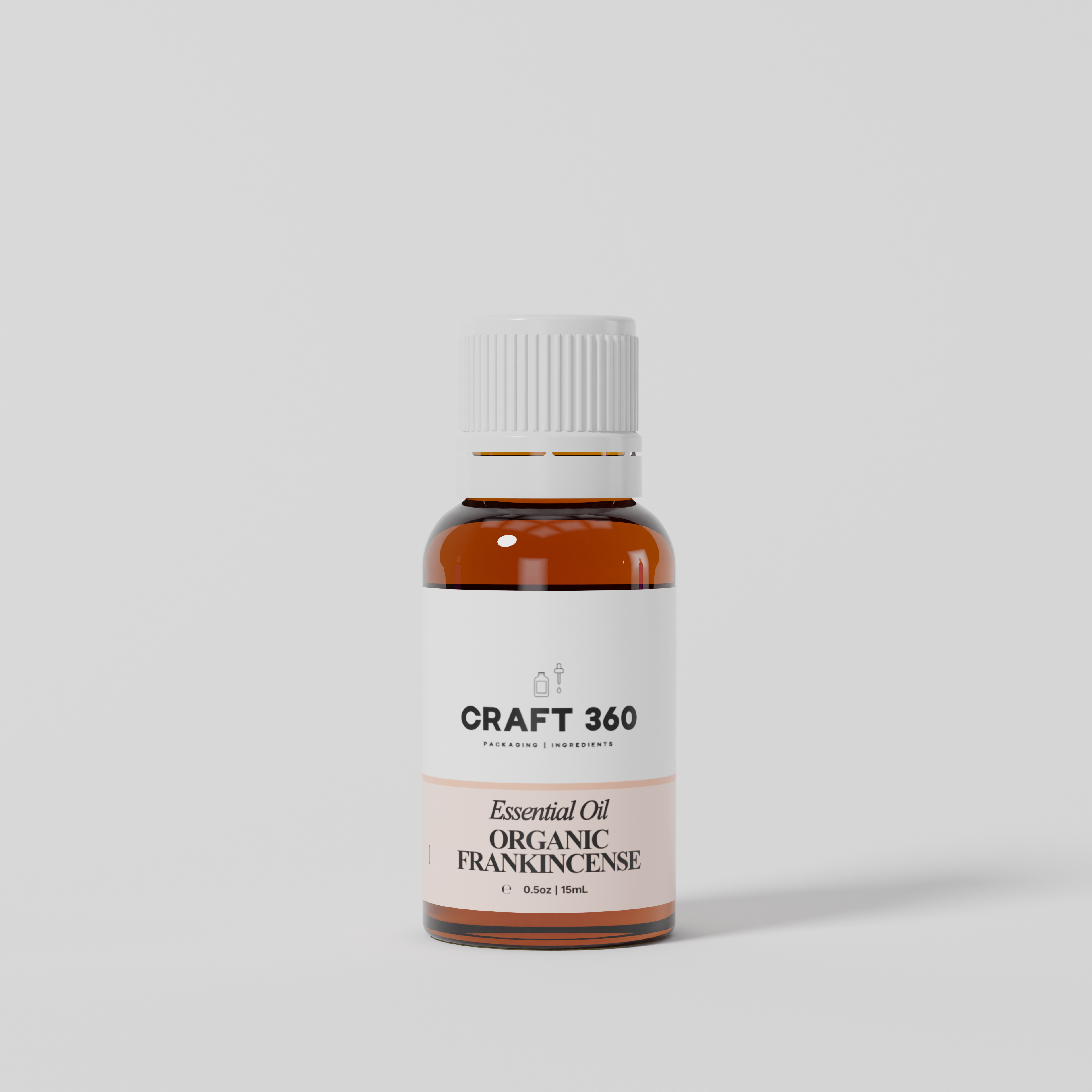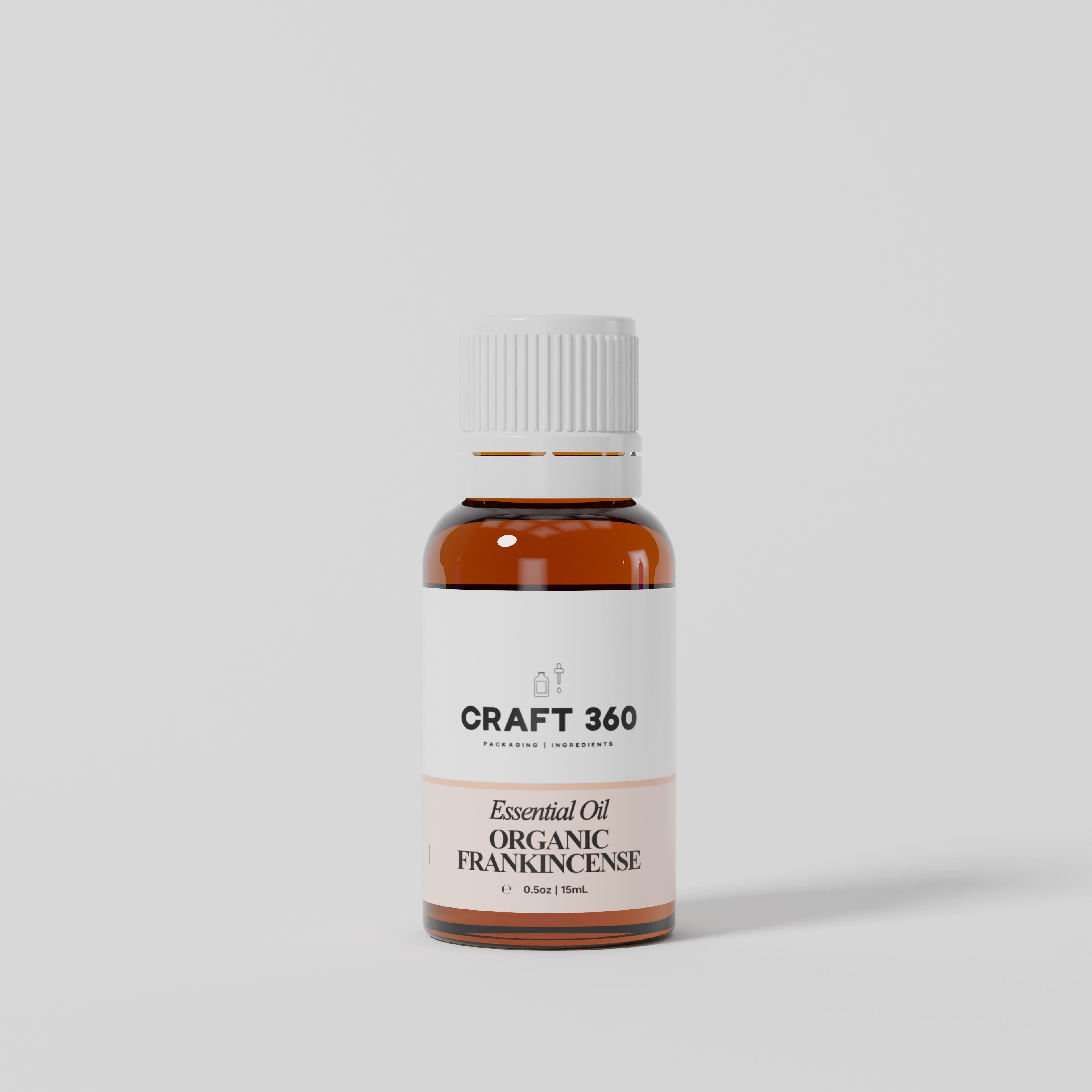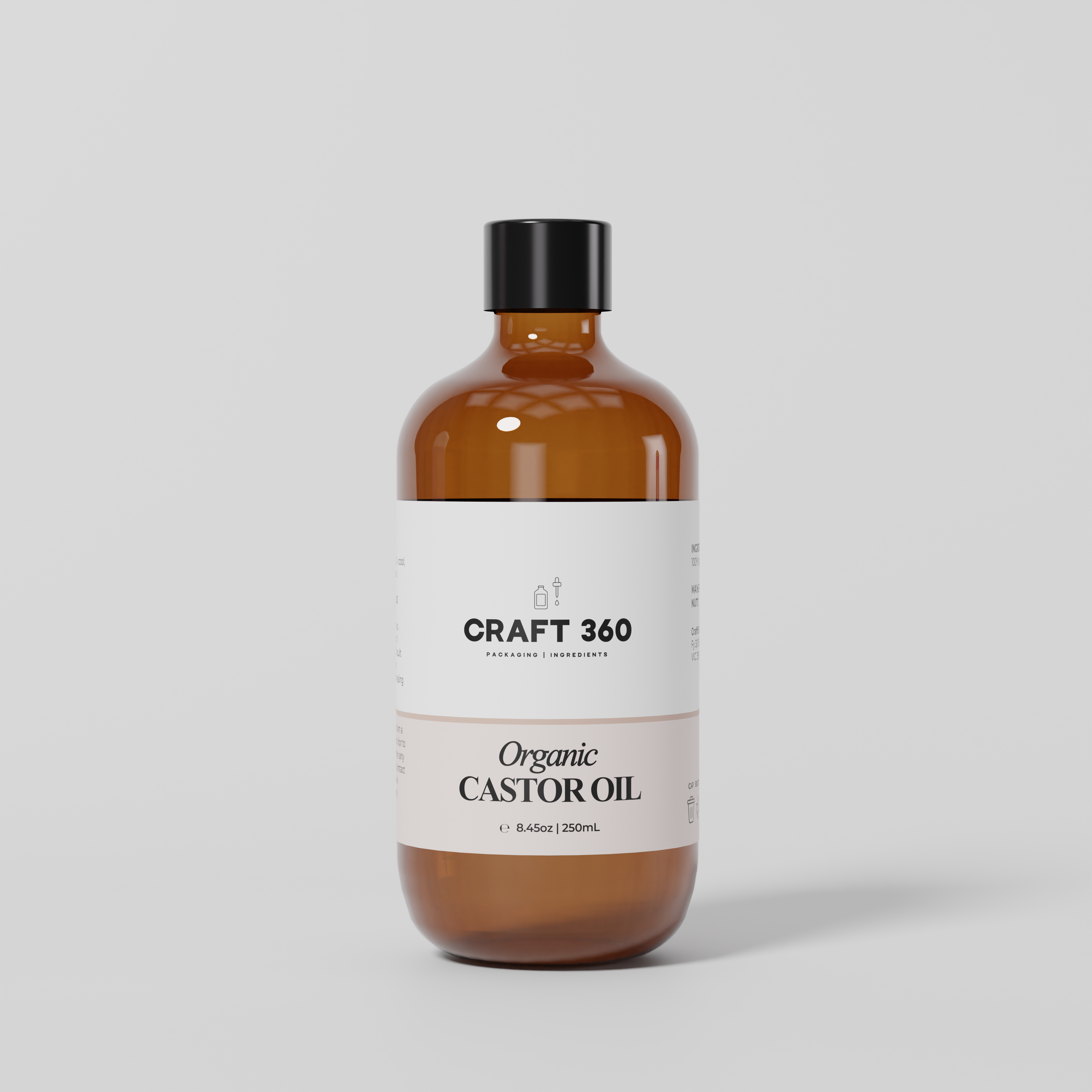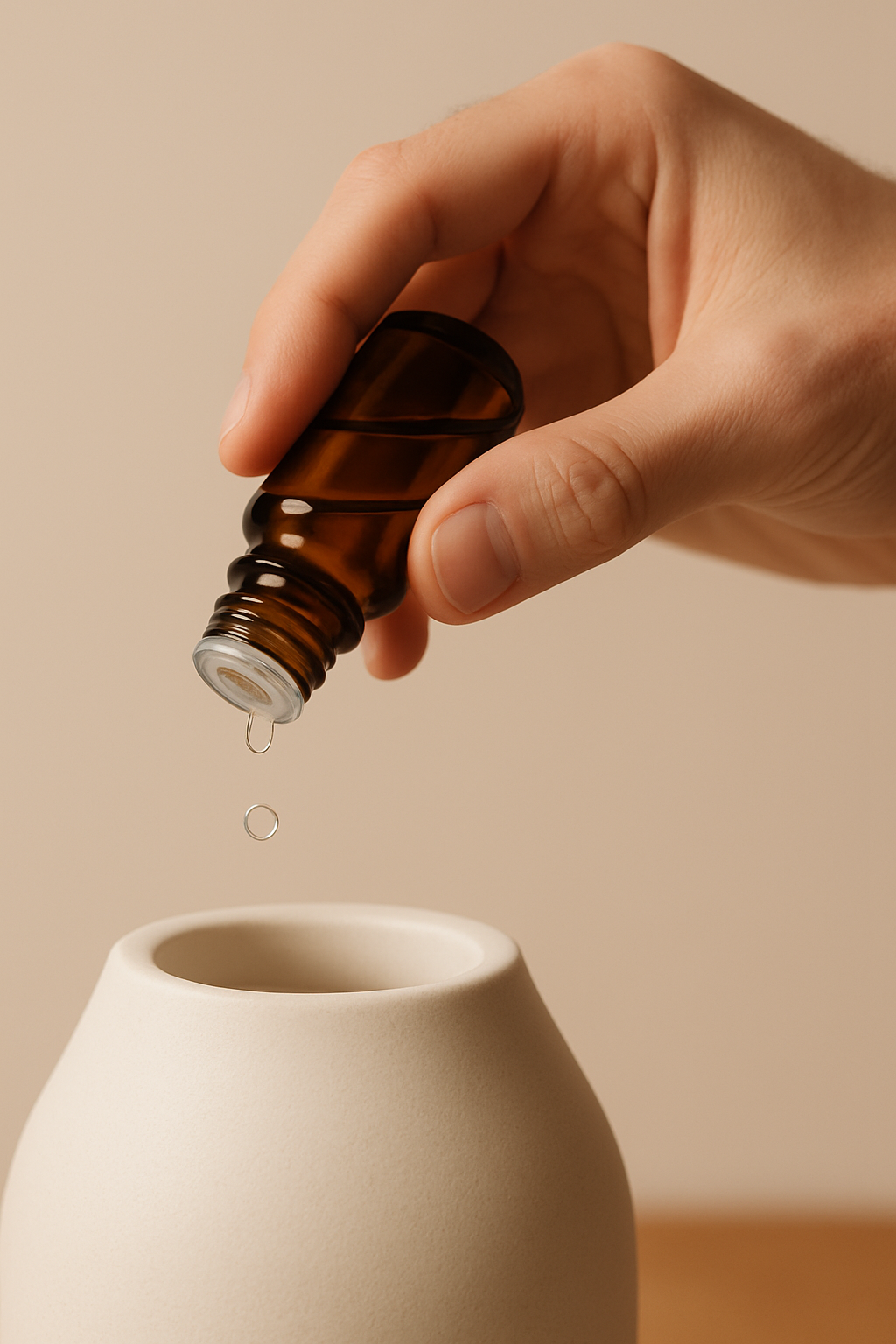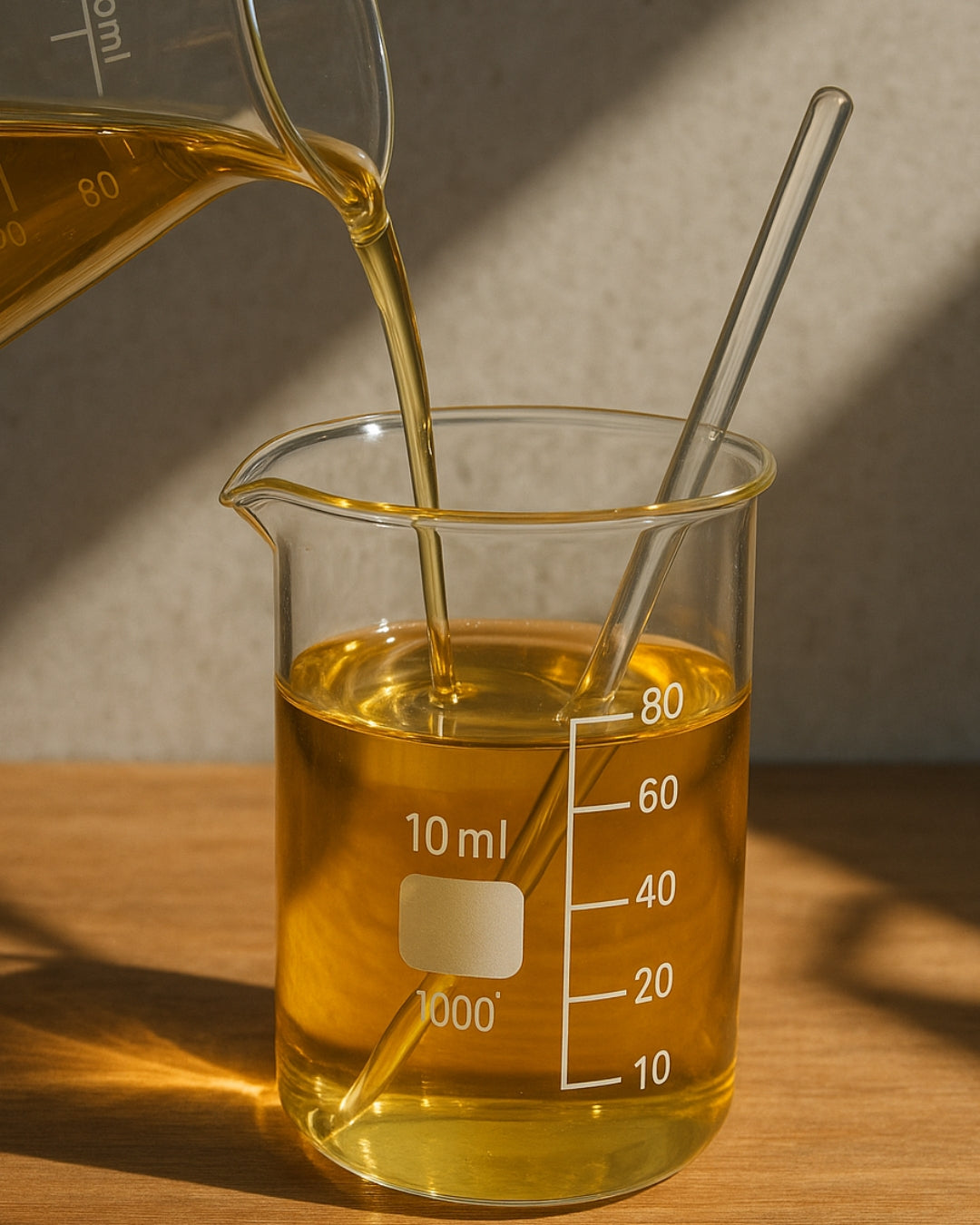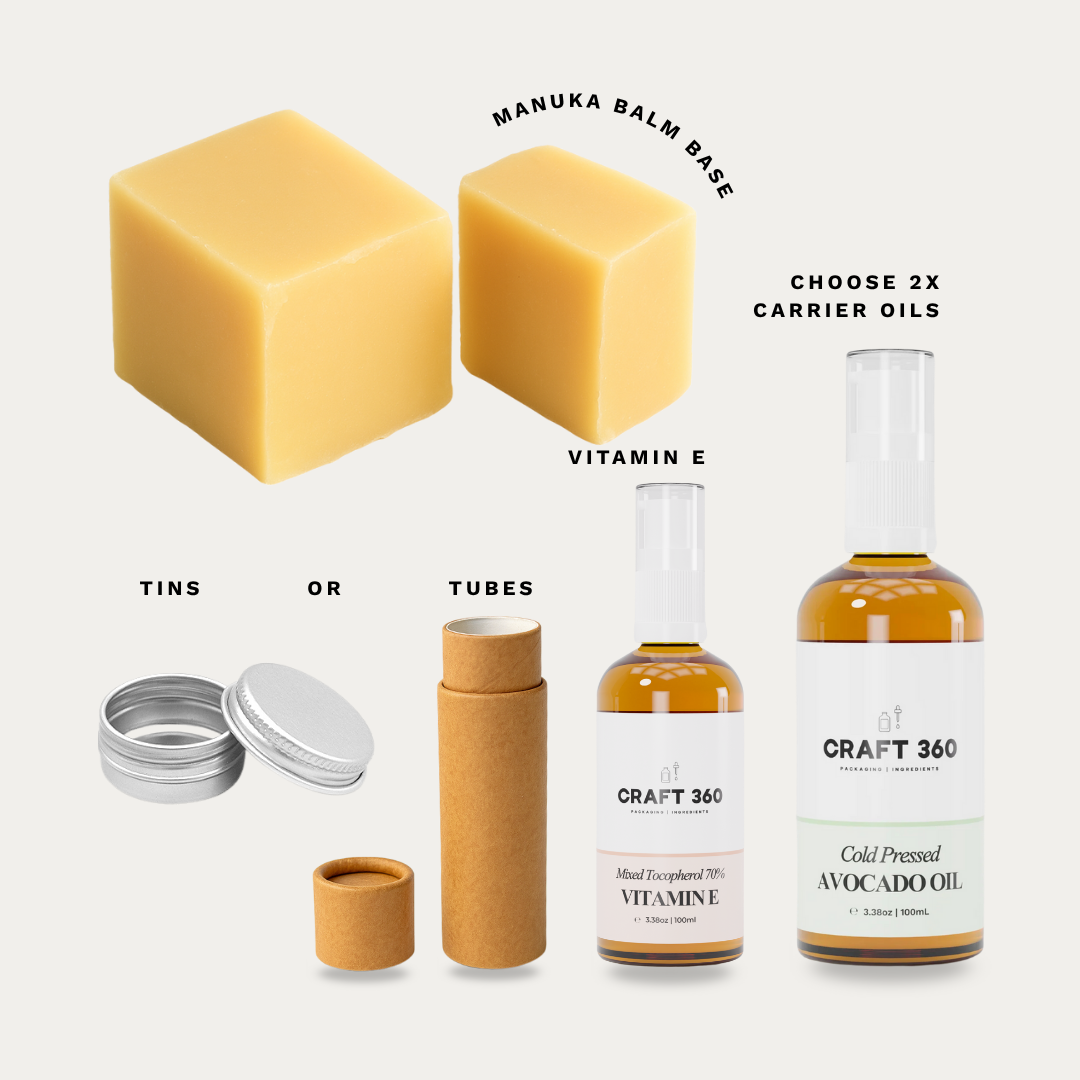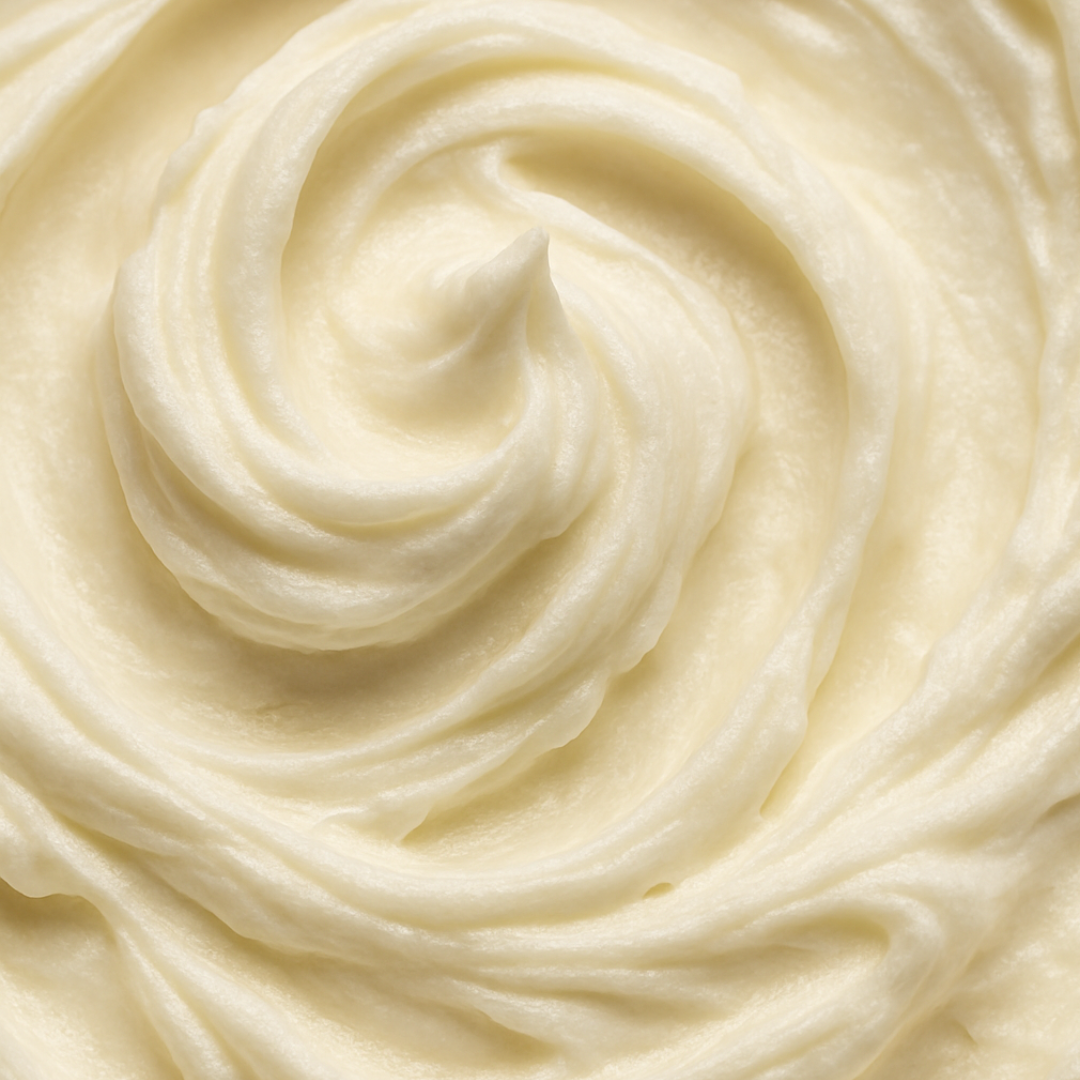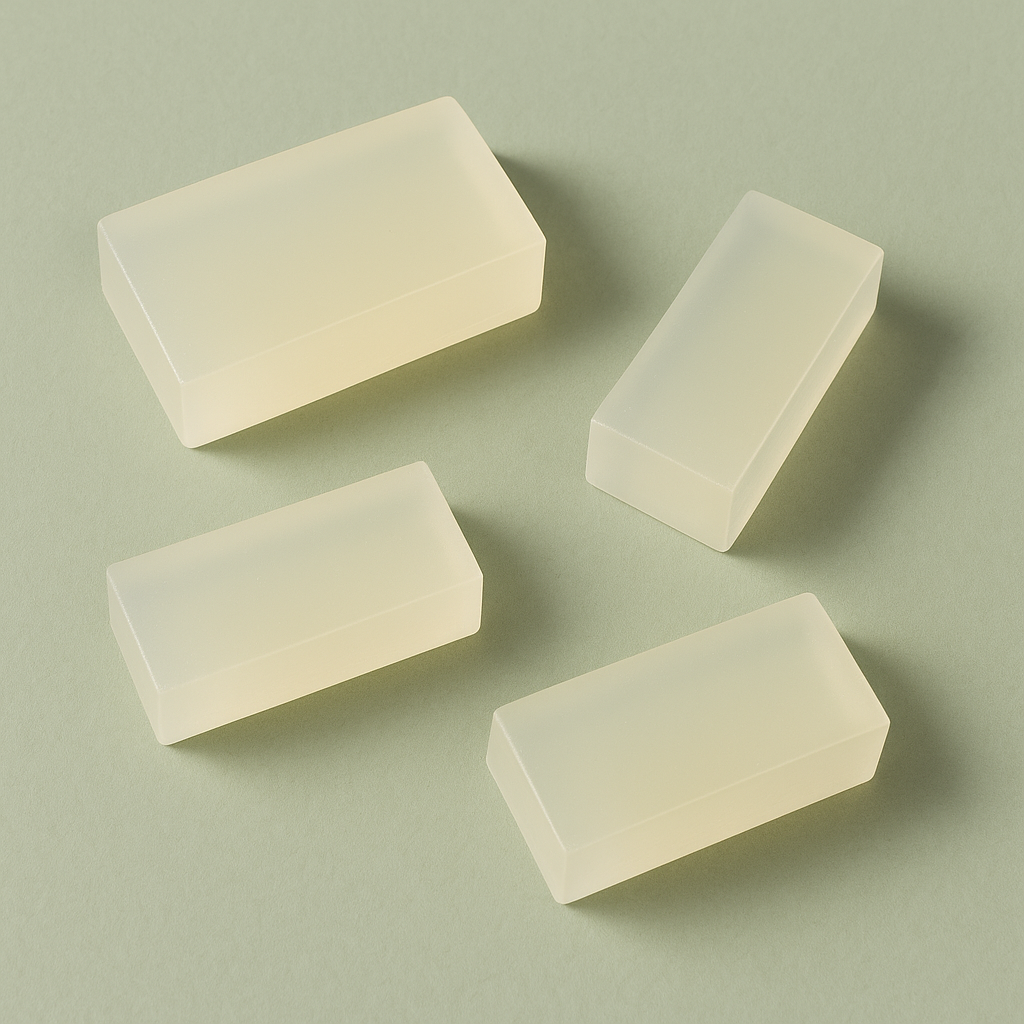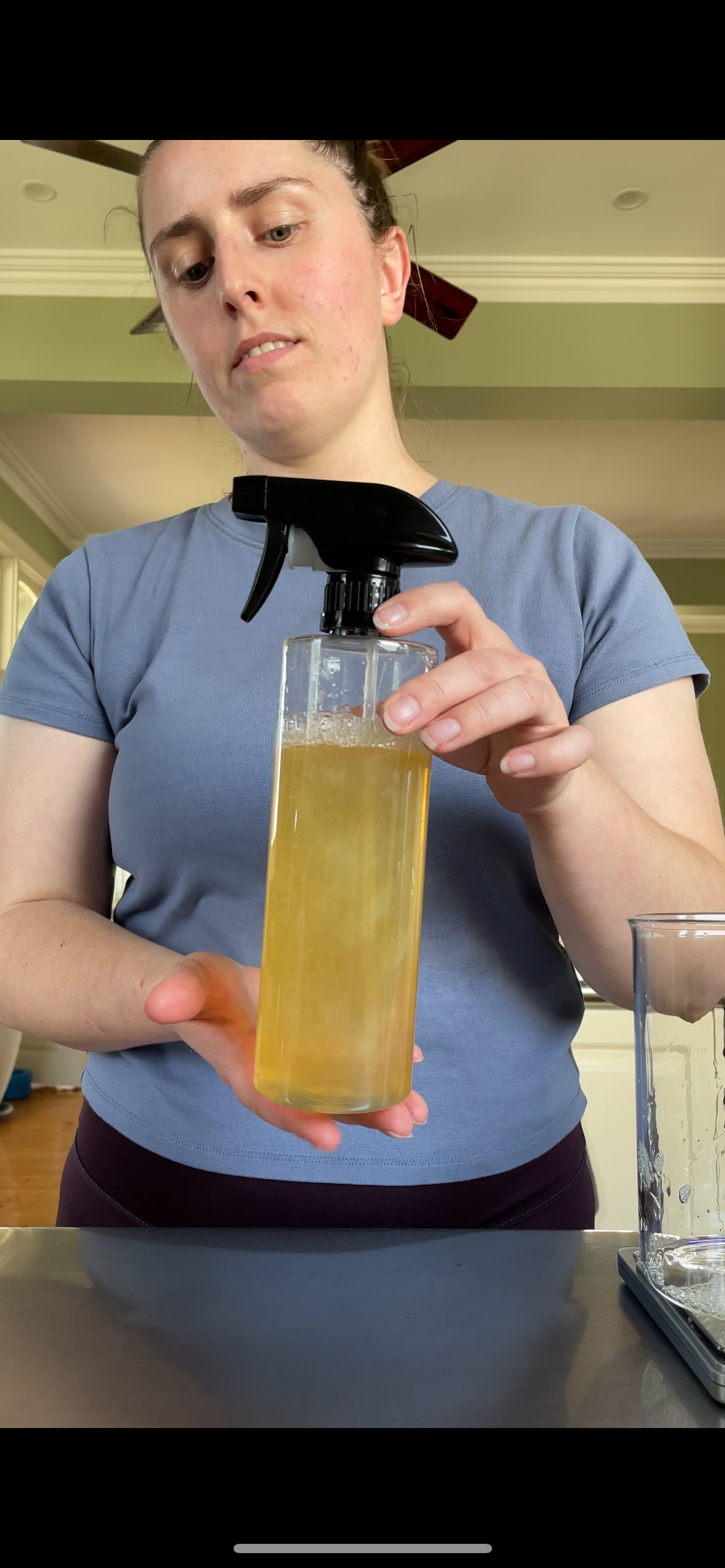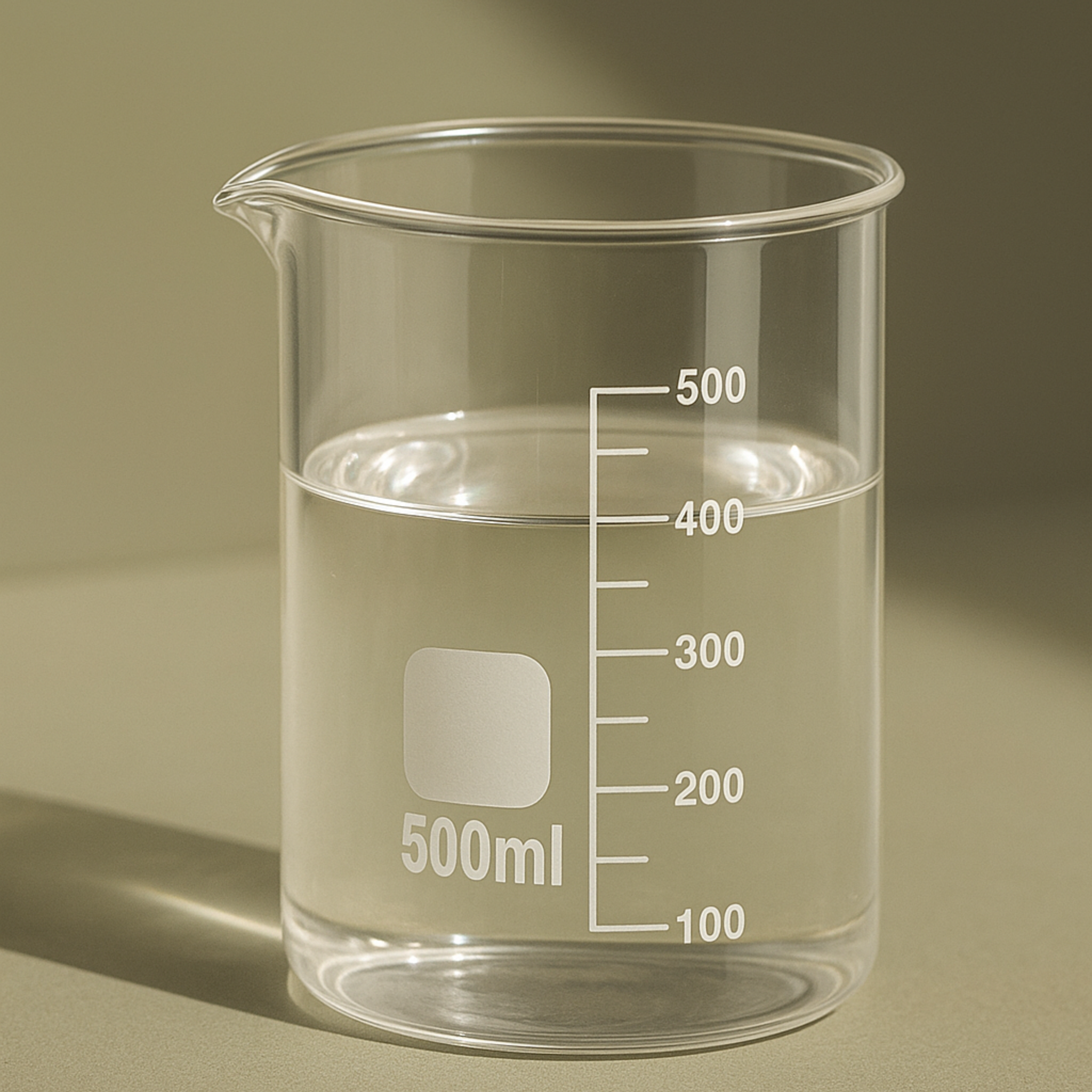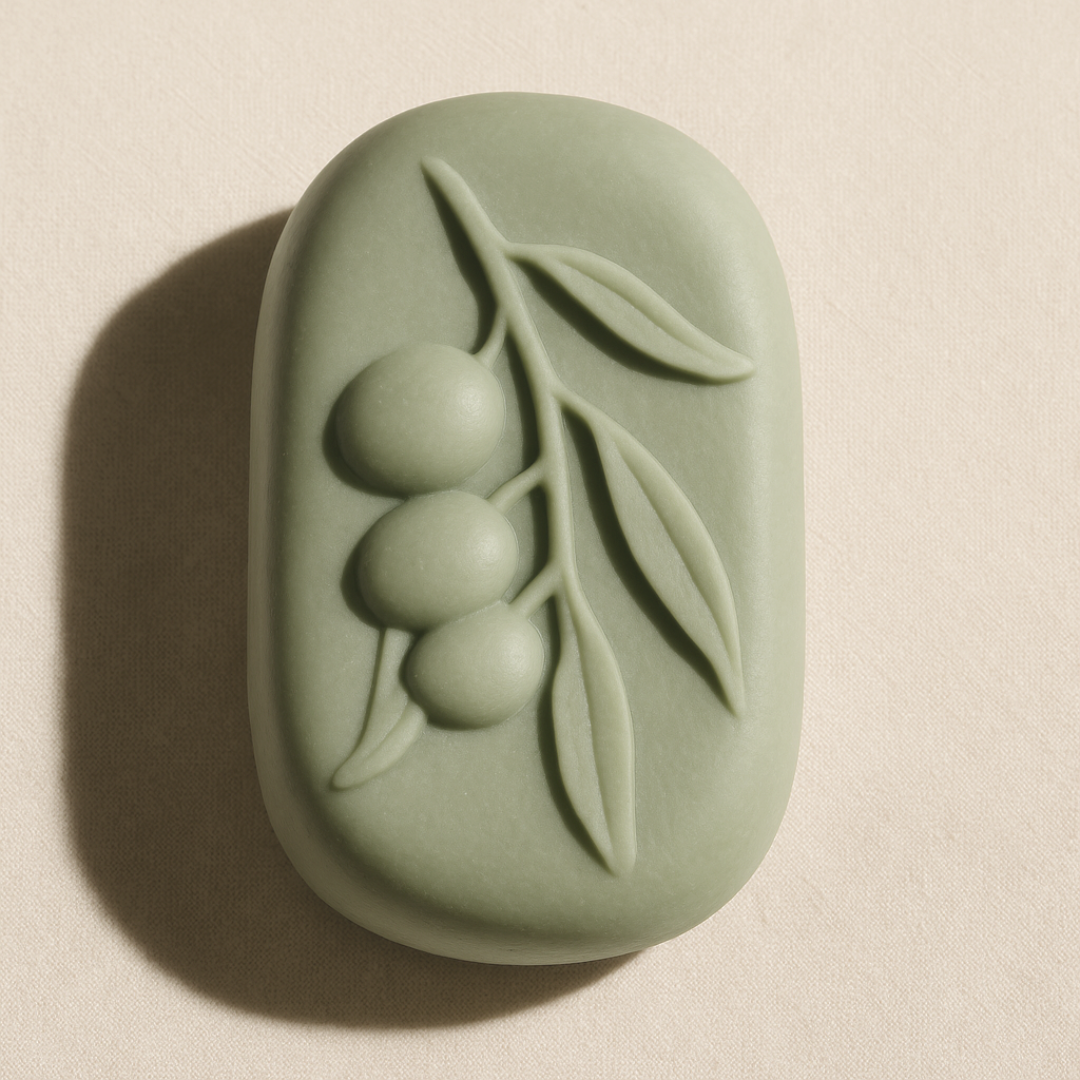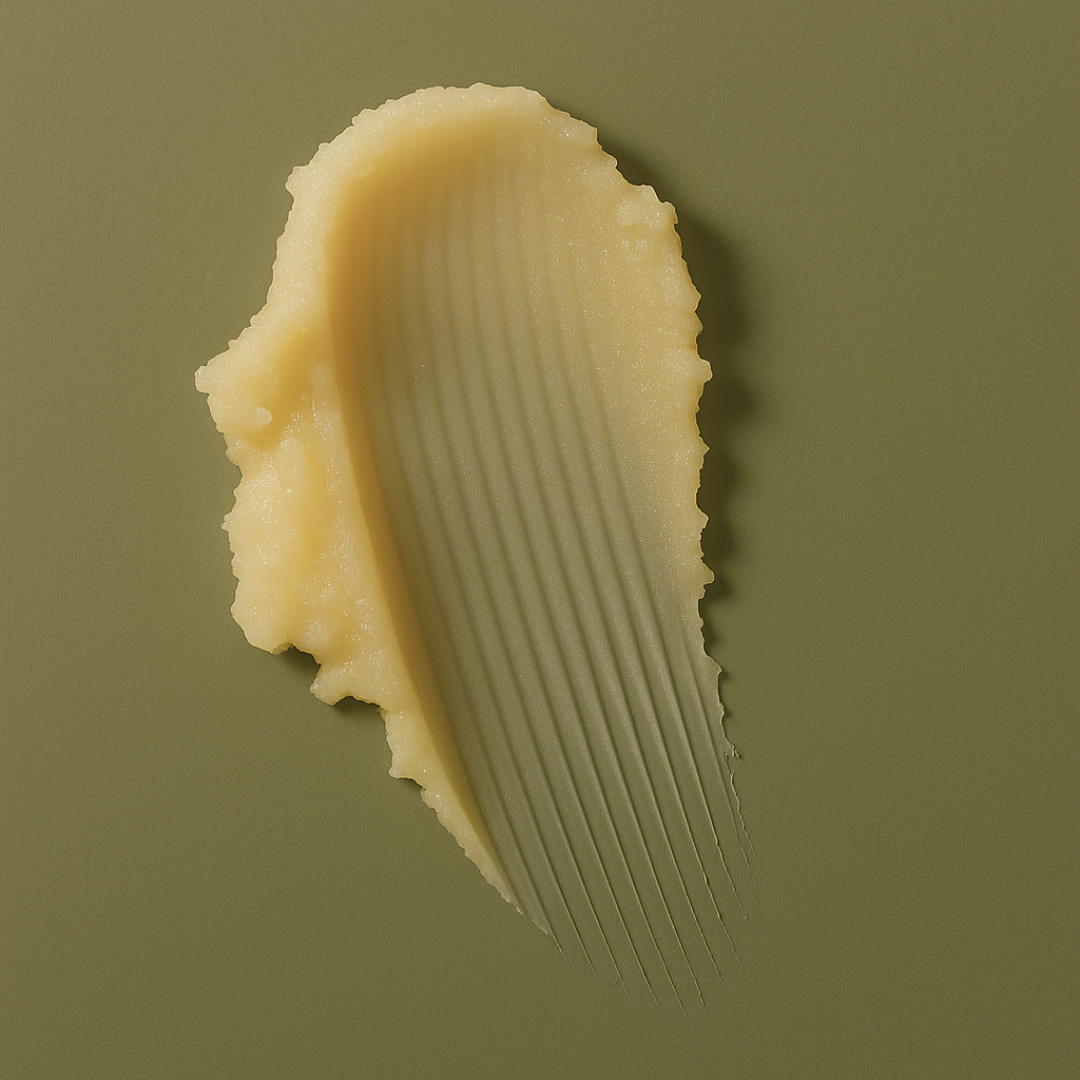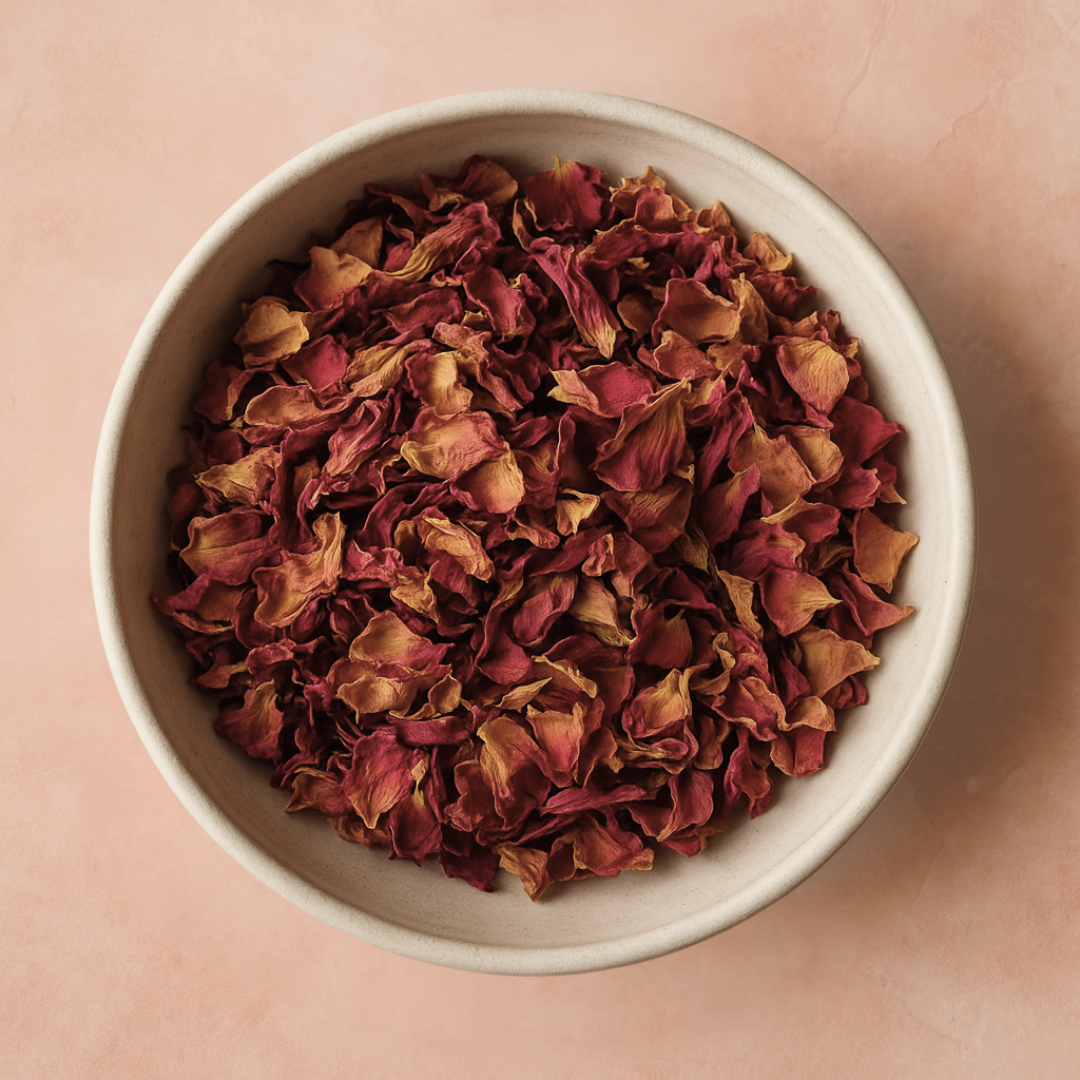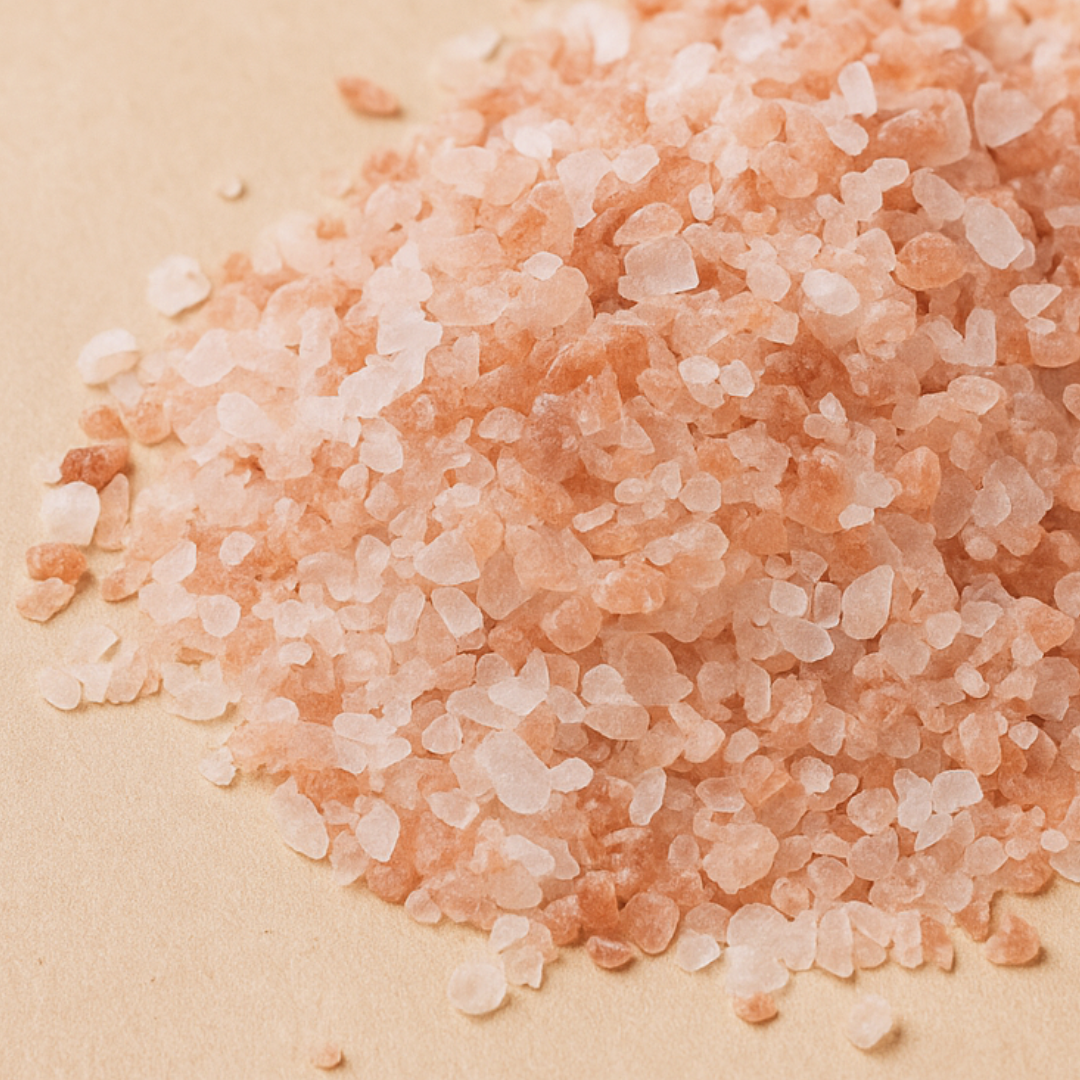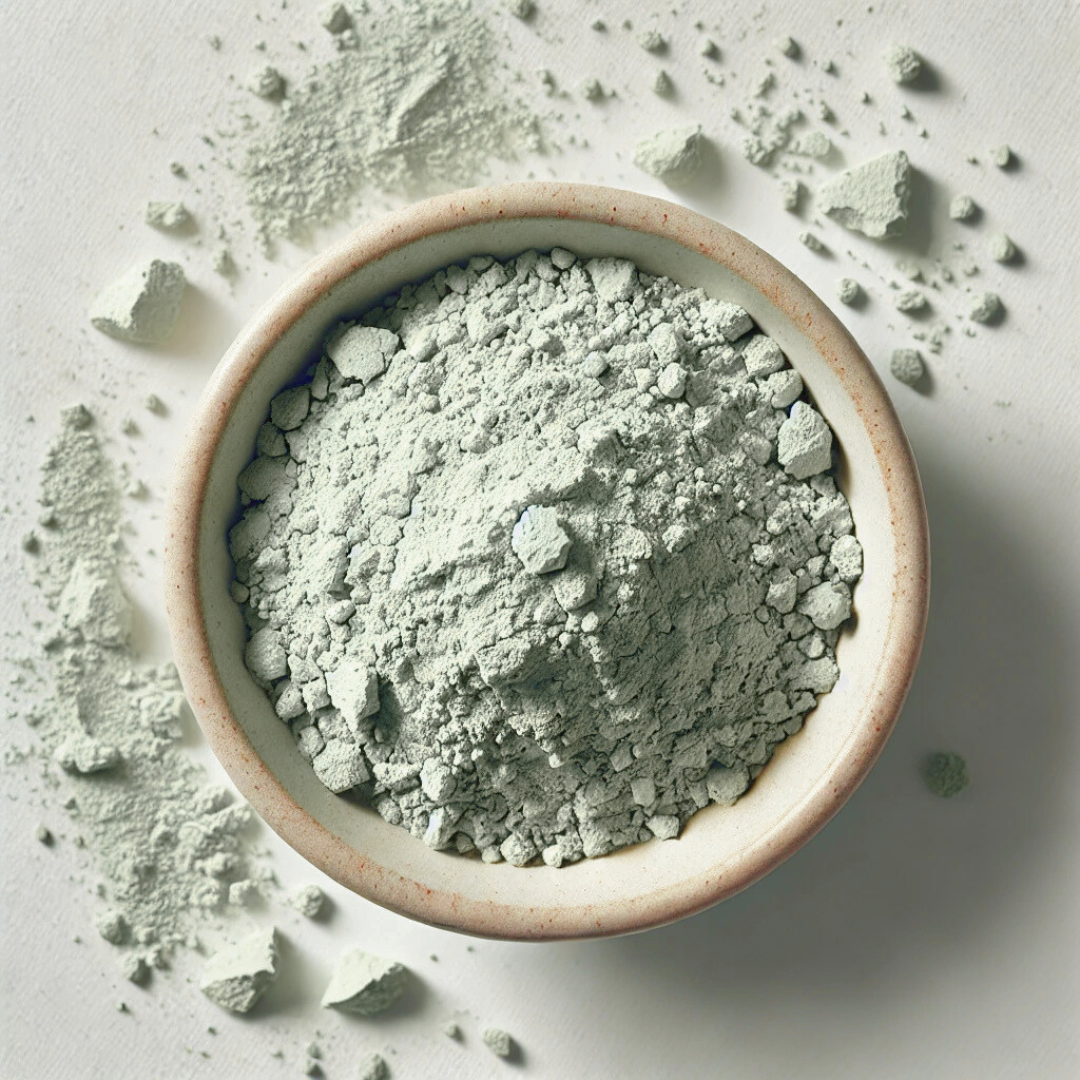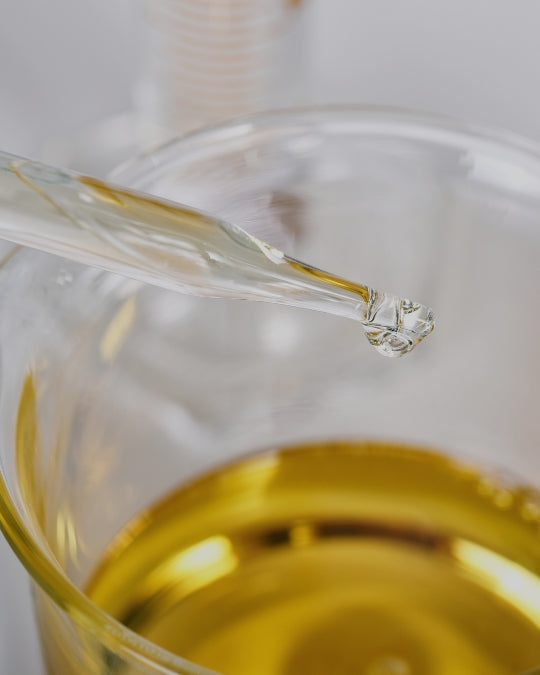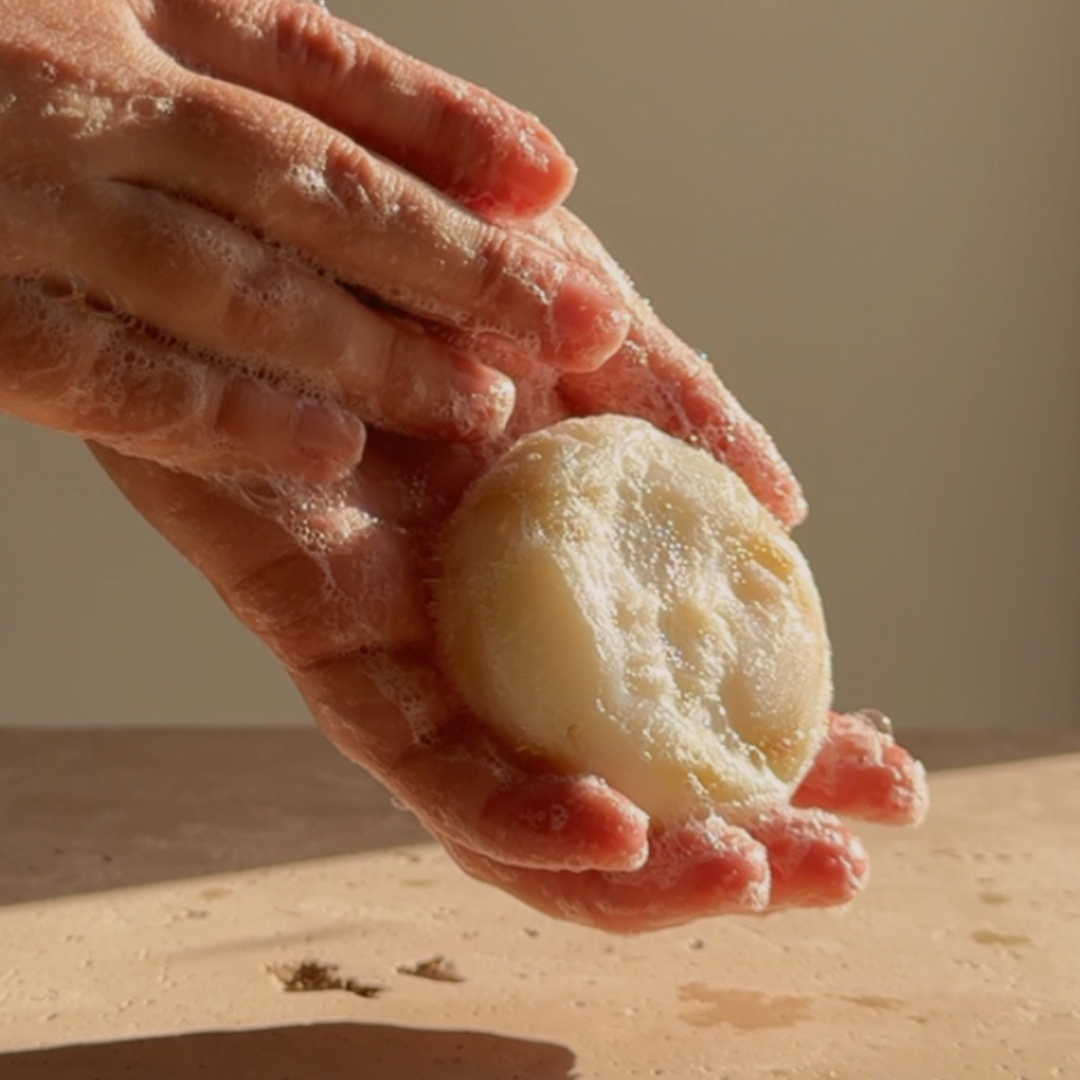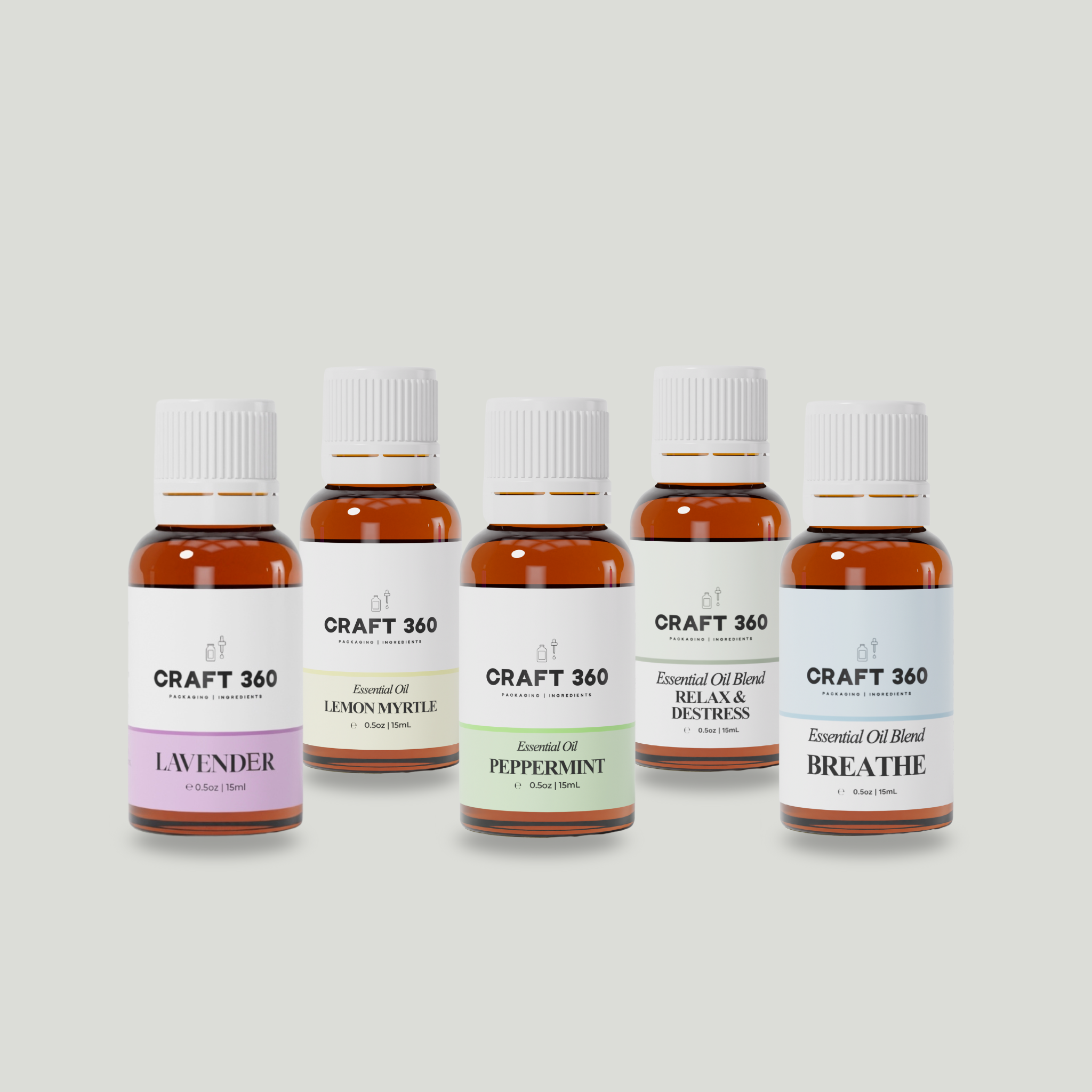It’s one of the first things we learn in chemistry class (you know, assuming you didn't spend the whole lesson fighting to stay awake): Oil floats, water sinks, they don’t like each other, and that’s the way it is… or is it?
Oil and water are like those two friends who just can’t get along at a party. No matter how much you stir the conversation, they always end up in separate corners.
But when it comes to healthy skin and effective skincare formulations, oil and water are the perfect match, as long as we use solubilizers or emulsifiers to bring them together.
So, let’s dive into the chemist-approved way to solubilize your essential oils in water, and the benefits that this technique can add to your skincare formulations.

What Are Emulsifiers and Solubilizers?
Emulsifiers and solubilizers are additives that help bind or stabilise two ingredients that don’t typically mix. In our case, oil and water.
They are basically the Gemini of the science world, double-sided and versatile. Emulsifiers and solubilizers contain at least one-water loving (hydrophilic or polar) and one lipid-loving (lipophilic or nonpolar) component in the same molecule.
Water is a polar molecule, which means one end has a positive charge and the other a negative one, naturally drawing other water molecules to it. In contrast, oil is a non-polar molecule, with two negative charges, which is why it doesn’t mix with water. When you add an emulsifier or solubilizer to the mix, it acts like a mediator, using its positive and negative sides to connect the oil and water, allowing them to combine into a smooth and stable mixture.
Emulsifiers and solubilizers are everywhere in our daily lives. Without them, mayo would be a sad mix of vinegar and oil, ice cream would be soup, and your favourite lotions and facial mists an oily mess. And don’t even think about smelling like Velvet Orchid Bloom with a Hint of Midnight Jasmine and a side of Sweet Marjoram after your shower.
What Is The Difference Between Emulsifiers and Solubilizer?
While both emulsifiers and solubilizers help things mix, they don’t do it exactly in the same way. In essence, all emulsifiers are a type of solubilizer, but solubilizers are not exactly emulsifiers (math flashbacks, anyone?).
Emulsifiers are used to emulsify oils in water to create emulsions like cream and lotion. They are not water soluble and they typically require a high mechanical force or melting to work. On the other hand, solubilizers are completely water-soluble and are typically used for smaller amounts of oils, like essential oils, to disperse them evenly in water-based products like toners or mists. Solubilizers also work at room temperature and require less mechanical force.
In short, emulsifiers handle the heavy lifting for thicker, oil-heavy products, while solubilizers are your go-to for creating clear, watery solutions.
What Are the Benefits of Solubilizers & Emulsifiers In Your Skincare?
Let’s say you managed to get oil and water to mix by shaking it up. Sure, it might look blended for a moment, but give it time, and the oil will rise back to the top like a stubborn diva.
What you’ll end up with is a separated product, with a concentrated layer of oil (including any essential oils) floating on the surface. Not exactly what you want in your skincare, right?
This separation impacts the texture and consistency, and let’s be real, nobody wants to use a product that looks like a failed science experiment. Even worse, the shelf life will be dramatically shortened. But the issues don’t stop there. When oils and liquids separate in spray-based products, it can lead to oil drying inside the spray mechanism, causing it to clog. Over time, the high concentration of essential oil can even corrode parts of the pump, ruining your packaging and making it unusable.
Solubilizing your formula correctly is also crucial for user safety.
If your oils aren’t properly dispersed, certain areas of your product could end up with dangerously high concentrations of essential oils, which could irritate the skin, damage hair, or even cause allergic reactions.
Solubilizers and emulsifiers are the key to preventing all of this. They keep oil and water perfectly mixed, allowing your product to maintain its smooth consistency and extending its shelf life, while protecting both the user and your packaging from potential damage.
Which Formulations Need Solubilizers?
So, what kinds of products benefit from solubilizers? Basically, anything where you will need a small amount of oil (less than 2%) to play nicely with water but still keep things looking clear or lightly translucent inside the bottle.
This can include:
- Facial mists
- Serums
- Cleansers
- Shampoos
- Room Sprays / Mists
If you’re looking to make a product that’s both effective and aesthetically pleasing, you’ll want to ensure it’s properly solubilized.
What Is a Beginner-Friendly Solubilizer I Can Use?
If you’re just getting started, polysorbate-20 and PEG-40 hydrogenated castor oil will be your best friends. Both are effective, affordable, and easy to find. However, due to their PEG (polyethylene glycol) derivatives, they are not recommended for natural or clean beauty formulations. We will explore some natural solubilizing alternatives further down.
How To Use Polysorbate-20 and PEG-40 Hydrogenated Castor Oil In Your Skincare
When working with a solubilizer, follow these steps carefully (seriously, this is chemistry—winging it is not an option if you want your product to turn out right):
- Combine the essential oils with the solubilizer until the mixture is uniform.
Note: Depending on the essential oil mix, the ratio between crucial oil and solubilizer typically ranges between 1:4 – and 1:8. (One-part essential oil blend with between 4 and 8 parts solubilizer)
2. Avoid creating too much foam keeping unnecessary stirring to a minimum. No one wants a bubbly mess.
3. Add this mixture to the part of water while stirring and combine to water-base and continue mixing until well combined.
Calming Mist Formulation with a Synthetic Solubilizer
|
Formulary Sheet - Calming Mist |
||
|
Phase |
Ingredient Name |
W/W% |
|
A |
Water |
66.4 |
|
Lavandula angustifolia (Lavender) Flower Water |
10 |
|
|
Glycerin |
2 |
|
|
Hyaluronic Acid 1% Solution |
0.3 |
|
|
Aloe Barbadensis (Aloe Vera) Leaf Extract |
1.5 |
|
|
Cucumis Sativus (Cucumber) Fruit Extract |
1.5 |
|
|
B |
Polysorbate-20 |
1.5 |
|
Lavandula angustifolia (Lavender) Flower Oil |
0.3 |
|
|
Water |
15 |
|
|
C |
Gluconolactone (and)Sodium Benzoate |
1.5 |
|
Total |
100 |
|
Method
Step 01: Dissolve the lavender oil in Polysorbate-20 (use 1 part essential oil to up to 5 parts solubilizer). Add this mixture to Phase B water while stirring gently.
Step 02: Add the Phase A ingredients one by one, stirring gently after each addition.
Step 03: Add the pre-mixed Phase B to Phase A, stirring gently.
Step 04: Add Phase C and continue stirring gently.
Step 05: Check and adjust the pH to 5.0-5.2 if necessary.

What Are Some Natural Solubilizers I Can Use?
Common natural solubilizers include:
Trade Name: Tegosolv 61
INCI: Polyglyceryl-6 Caprylate (and) Polyglyceryl-3 Cocoate (and) Polyglyceryl-4 Caprate (and) Polyglyceryl-6 Ricinoleate
Recommended Usage: 0.5 – 10%
Trade Name: Poly Suga Mulse D9
INCI: Sorbitan Oleate Decylglucoside Crosspolymer
Recommended Usage: 1 – 3% in leave-on products; 2 – 8% in rinse-off products
If you’re going the natural route, solubilizers like Tegosolv 61 and Poly Suga Mulse D9 are fantastic choices. But remember: natural ingredients sometimes need a bit more love and attention. Make sure you’re testing your formulations thoroughly to ensure they maintain their effectiveness over time.
🚨 Caution: Formulation processes can vary depending on the specific ingredients used, so always consult supplier guidelines and conduct stability tests to ensure your product maintains its quality and effectiveness over time.
Now all that’s left to do is get creative and start experimenting! Check out our website for a great selection of pure essential oils to get your formulations going.
Happy mixing!






